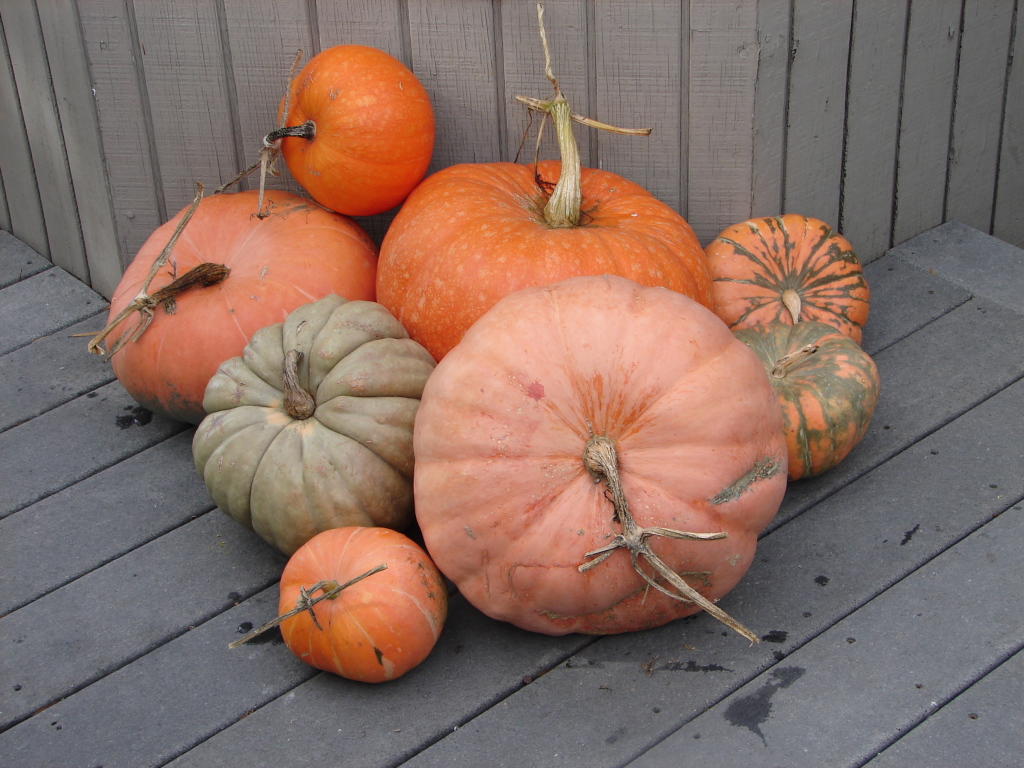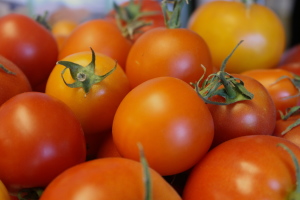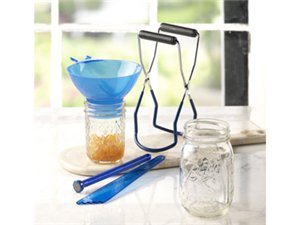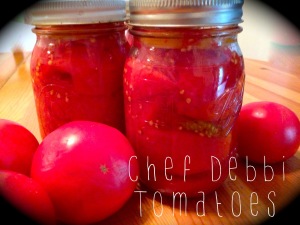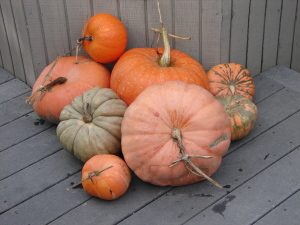Why Stock your Pantry
– and what the heck does that mean anyway?
Moving into your first home, whether a house or an apartment, shared or alone, it can be terribly intimidating. You move your clothes, your personal belongings and whatever furniture you’ve accumulated and miscellaneous pieces that generous friends or parents have been willing to part with. Then it comes to the kitchen, again maybe you’ve collected a few pots and pans, some utensils, dishes and silverware but what about that cupboard called the pantry? What goes in there and why? Don’t have a clue; well my new book, ‘What’s In Your Pantry’, can help you from learning to stock your pantry to actually collecting the necessary items to create your own delicious dishes.
A well-stocked pantry will save you money, help you to create quick easy dishes, keep you healthy and away from those fast food stops on you’re way home from work or school. If you have roommates a communal pantry works great. Keep your pantry items fresh by purchasing items in small amounts unless you think you really can use a 20-pound bag of all-purpose flour. In my book, ‘What’s In Your Pantry’, I’ve listed items by grocery aisle to make it easy to purchase what you need from your local store.
So let’s begin. Here are some basics that I recommend for your first home or apartment.
- Sea Salt and Pepper
- Olive Oil
- Vinegar, red wine, balsamic and plain white
- Chicken or Vegetable stock
- A variety of pasta and a jar of your preferred pasta sauce
- Jasmine rice
- Dried mushrooms
- Canned plum tomatoes
- Canned meat (chicken, beef), fish (tuna, salmon, anchovies, sardines)
- Canned fruit, beans, canned or jarred vegetables, artichoke hearts, hearts of palm, olives, green beans, corn, sun-dried tomatoes and the list could go on and on.
Sea salt and pepper are a must, of course; not table salt. A good sea salt without any preservatives can be purchased for a reasonable cost, no need to get one of the extravagant sea salts from the cookware store. The reason for the no preservative salt is purely for flavor. Many salts have additives to keep it from clumping together and help make it free flowing. This can give the salt an aftertaste and therefore affect the flavor of your food. Using a small amount of sea salt can add a nice fresh taste to your food. Freshly ground pepper is so much more flavorful than ‘pre-ground’ pepper. Luckily for all of us, many of the spice companies now offer a jar of peppercorns with a grinder attached at the top. These can conveniently be purchased at your local market. Be sure to season your food as you cook, not just at the end of the preparation. In order to determine how much seasoning you need, you’ll need to taste your dish as you prepare it. Simple. Taste again before serving to make sure that the seasonings are adjusted to your taste.
Choosing olive oil can be a daunting task; if you’re lucky you’ll be able to taste a few varieties before you purchase one. Choose one in your price range that has a nice, clean flavor. Use a pure olive oil for cooking and save your more expensive extra-virgin oil for special salad dressings or to toss with your cooked vegetables.
Red wine or balsamic vinegar to create salad dressings and more are a must. A plain white vinegar is great for cleaning things like coffee makers, floors, windows and the like. A little white vinegar added to your boiling water for poached eggs would help keep them from spreading out in the pan.
Chicken or vegetable stock should be free of preservatives, MSG and high fructose corn syrup. Sometimes the ‘low salt’ versions have these added to punch up the flavor.
You can ‘doctor’ your jarred pasta sauce with a little red wine, some Italian herbs, mushrooms, olives or whatever you can imagine for a great little dinner in no time!
Jasmine rice has a nice aromatic aroma, add some leftover roast chicken, cooked veggies and dinner is served.
Dried mushrooms reconstituted in wine, chicken stock or warm water, add a considerable amount of flavor to any dish.
Canned meat can be added not only to salads and soups but stews and casserole type dishes. They’re great for sandwiches as well. Anchovies can add depth to a salad dressing or a pasta sauce.
Canned tomatoes with some chicken stock added, a can of vegetables, some mushrooms, canned beans (rinsed and drained, of course), some leftover cooked pasta, a little Parmesan cheese and voila, you’ve created a healthy satisfying soup! Add a loaf of good bread and a bottle of wine and mangia (eat)!
So be creative in your kitchen and don’t be afraid to make mistakes; that’s how great dishes are created!


